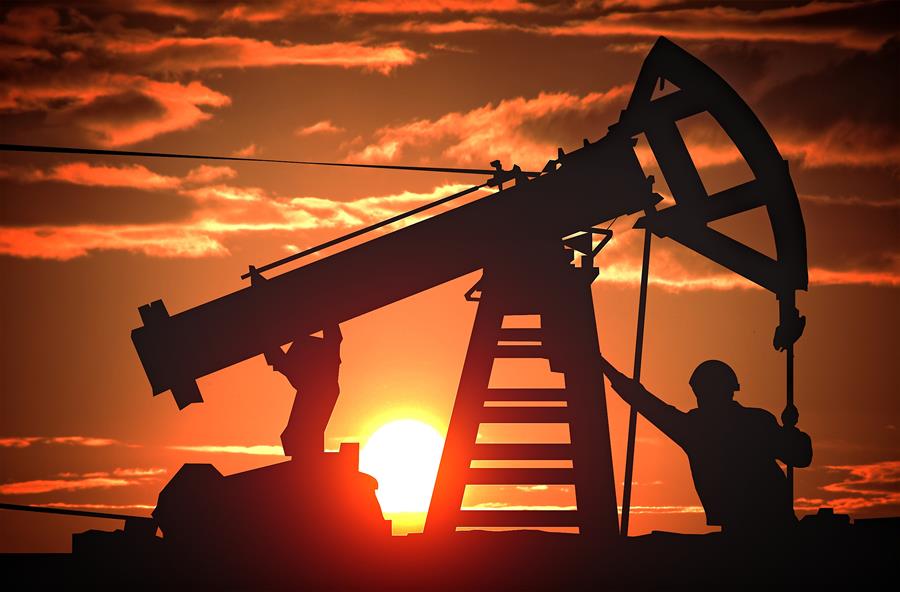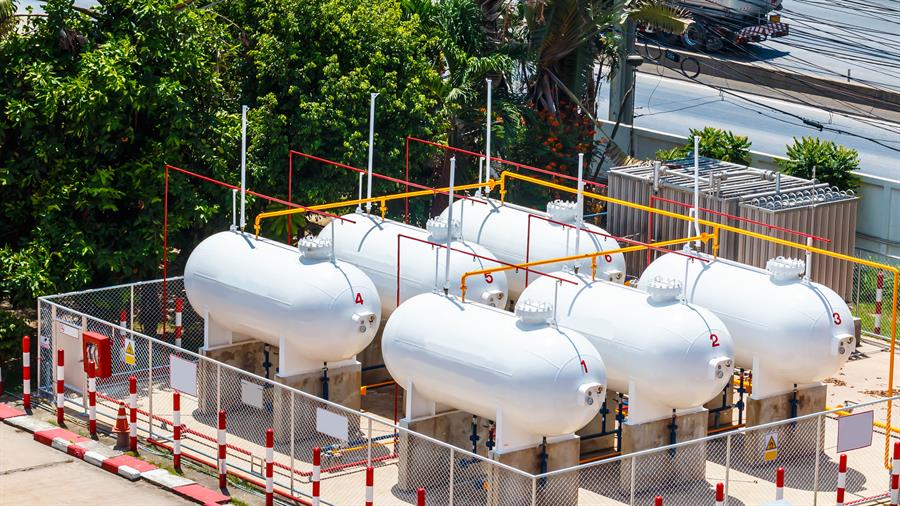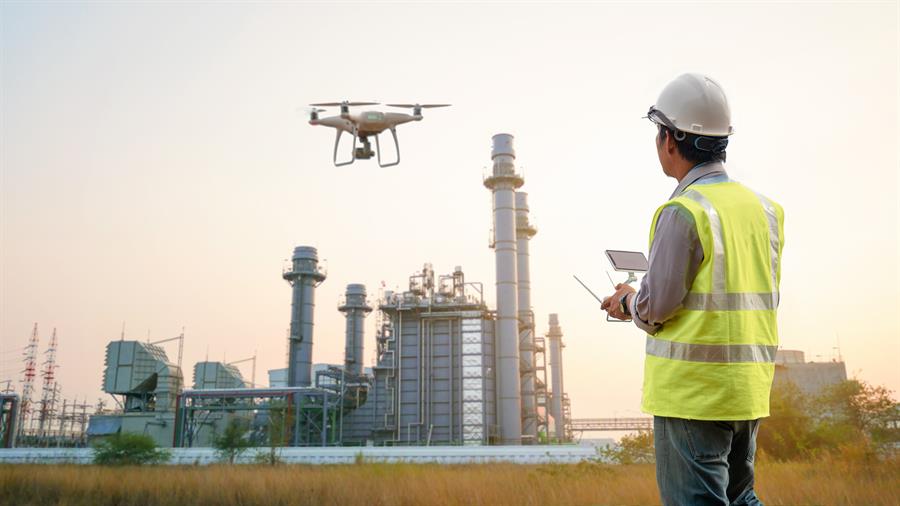
Long term growth is expected within the Petrochemical industry and Asia seems to be in the driver's seat.
Here are some quick insights to the petrochemical industry in Asia.
Asia is the biggest demand driver for oil.
According to The International Energy Agency (IEA) estimates, oil demand will grow by around 1 million barrel per day (bpd) on average a year to 2025. It will then stabilise to a steadier rate of 250,000 bpd to peak at 106.3 million bpd in 2040.
With its projected population increase of 1.7 billion and continuing regional development, Asia is the biggest demand driver. In its New Policies Scenario, the IEA expects Asia to account for 80 percent of oil consumption growth.
Investments are not keeping up with petrochemical industry demands
Investments in new oil and gas production are not matching up the requirements. The French Institute of Petroleum, IFP Energies Nouvelles, estimates that investments in exploration and production totalled US$382 billion in 2018. While this was 7 percent higher than 2017, it amounted to just 40 percent of what the industry spent in 2014.
The under-investment poses a risk over the medium term as oil installations need regular injections of cash to continue producing oil. New fields must also be brought online to replace those that have been exhausted. With the long lead time required to build new oil and gas installations, the effects of the low investment will only be felt several years later.
LNG on the rise in China and India

Demand for natural gas is on the increase as concerns over the environment and climate change mount. China’s increasing demand for cleaner-burning fossil fuel to reduce air pollution is driving growth. Its natural gas imports - including pipeline and LNG imports - soared nearly 32 percent to hit a record of 90.4 million tonnes in 2018. They have overtaken Japan to become the largest natural gas importer in the world.
India’s LNG demand is also raising levels of import capacity. Over the next seven years, the government plans to build another 11 terminals, bringing the total to 15 to facilitate imports. India aims to more than double the share of gas in its energy mix from 6.2 percent today to 15 percent in 2030. This in its effort to meet its commitment under the Paris Agreement to reduce carbon emissions intensity by one third.
Global LNG supply has expanded at an even faster pace, far outstripping demand. At the LNGgc Asia forum in Singapore in February 2019, Jason Feer, Poten & Partners’ head of business intelligence, said the company estimates there will be 33 million tonnes of new supply in 2019 as against only 16 million tonnes of extra demand.
A record number of LNG projects could also reach Final Investment Decision (FID) and start construction.
Rapid Digitalisation and Automation within Petrochemical & Manufacturing industries.
In some ways companies big and small have embraced digital technology, especially to improve efficiency in areas such as accounting, billing and human resource.
The Singapore Chemical Industry Council Advance Manufacturing (SAM) Committee aims to help transform the local chemical industry. It aims to develop the industry and capture new growth markets through the adoption of innovative technology. It hopes to embrace Advanced Manufacturing and Digitalisation by raising awareness and changing mindsets.
SAM is sponsored by Mr Goh Koon Eng, General Manager of Chevron Oronite Singapore Pte Ltd.
“We are focused on co-ordinating the needs of members on their transformation journey towards industry 4.0 including both horizontal and vertical integration,” said Mr Goh.
“The bigger players are gradually using Big Data where all information is channelled to one common platform for all to access and use analytics to analyse and detect patterns in the manufacturing processes,” Mr Goh added.
Chevron Oronite in Singapore was one of the earliest manufacturers to digitalise some areas of its operations. It has installed a pervasive sensing system in the processes areas since 2015 and subsequently to other parts of the plant in 2019.

Chevron has also been using drones for some time for underwater inspection of jetty structures, eliminating the need for commercial divers. For tank inspection, it has used crawlers and aerial drones for internal inspection. Its next venture in digital space will see the deployment of High Definition (HD) digital cameras to inspect wall structures of the tanks.
The Shell companies in Singapore have also been actively piloting and implementing Advanced Manufacturing innovations in its manufacturing sites on Pulau Bukom and Jurong Island.
Mr Long Woon Fong, Site Maintenance Manager at Pulau Bukom, said that the company started using unmanned aerial vehicles or drones for inspection of elevated stacks on site since 2014. These drones offer Shell significant time and manpower savings, as compared to manual inspections which involve scaffoldings and personnel working at height.
Mr Long also highlighted that a Smart Torque System, a technology spun out from Shell, was first piloted in Shell’s Singapore manufacturing sites in 2017. This technology was recognised as an innovation breakthrough and won an “Industrial IoT Innovation of the Year” award in 2019.
Bonus: Expansions in Singapore
Singapore’s chemical industry hosts over a hundred major players and ranks among the top 10 globally in chemical exports. Singapore currently sits as the world's fifth-largest refinery export hub.
Despite the doom and gloom surrounding the global economy, the chemical industry in Singapore is showing continuous growth.
ExxonMobil expands Manufacturing Complex
In April 2019, ExxonMobil unveiled a multi-billion-dollar programme to expand its manufacturing complex in Singapore, its largest integrated refining and petrochemical complex in the world, to convert fuel oil and other crude products into higher value lube base stocks and distillates.
The investment, the latest and most significant refinery investment in base stock production in Singapore, will boost the plant’s capacity by an extra 20,000 barrels a day of its Group II base stock oil and 48,000 barrels a day of cleaner fuels with lower sulphur content, including the high-quality marine fuels required by the IMO.
In the same month, the group’s chemical arm, ExxonMobil Chemical, officially opened two new plants on Jurong Island. The halobutyl rubber plant will begin commercial production in the second half of 2019, producing up to 140,000 tonnes a year. By using halobutyl rubber to keep tyres properly inflated, vehicle owners can lower fuel consumption, and hence reduce vehicle carbon emissions.
Neste expands biofuel production
Finnish energy giant Neste is investing 1.4 billion Euro (S$2.2 billion), the biggest in its history, to expand its biofuel capacity in Singapore. Located next to its existing facility in Tuas, the new plant will boost Neste’s biofuel production capacity here by up to 1.3 mtpa to 2.3 mtpa in 2022.
"The decision is based on a growing global market demand for low-carbon solutions. We are already a global leader in renewable products produced from waste and residues. This investment marks an important step in the execution of our profitable growth strategy globally," president and chief executive Peter Vanacker told media.
By 2022, when the new Singapore plant opens, Neste expects to raise the total renewable product capacity to 4.5 million tonnes annually, from 2.7 million tonnes currently. The company also has conventional oil refining operations in Finland.
The Directory of Singapore Process & Chemicals Industries is a comprehensive directory of companies in the process and chemicals industries, covering the petroleum and petrochemicals, specialty chemicals, industrial chemicals and its supporting industries.
Click to view our eDirectory or visit https://www.sgprocessindustries.com/